Imagine a quiet morning in a community center, where a small group of seniors gathers around a circle of sturdy chairs. Their faces show determination mixed with caution, a shared understanding of the fragility and resilience of their bodies after hip surgery. Among them, the concept of chair flow hip—a gentle, seated movement practice—emerges as a lifeline. It’s not just about stretching or sitting; it’s about reclaiming mobility, one careful sequence at a time. For many older adults in 2025, recovering from joint surgery means finding ways to move without fear. Chair flow hip offers that path, blending the accessibility of chair-based exercise with the fluidity of yoga-inspired sequences. This approach, tailored for healing, prioritizes safety while fostering strength. What follows are twelve distinct chair flow sequences, crafted with input from physical therapists, to guide seniors toward recovery with confidence and care.
1. Gentle Warm-Up Reach
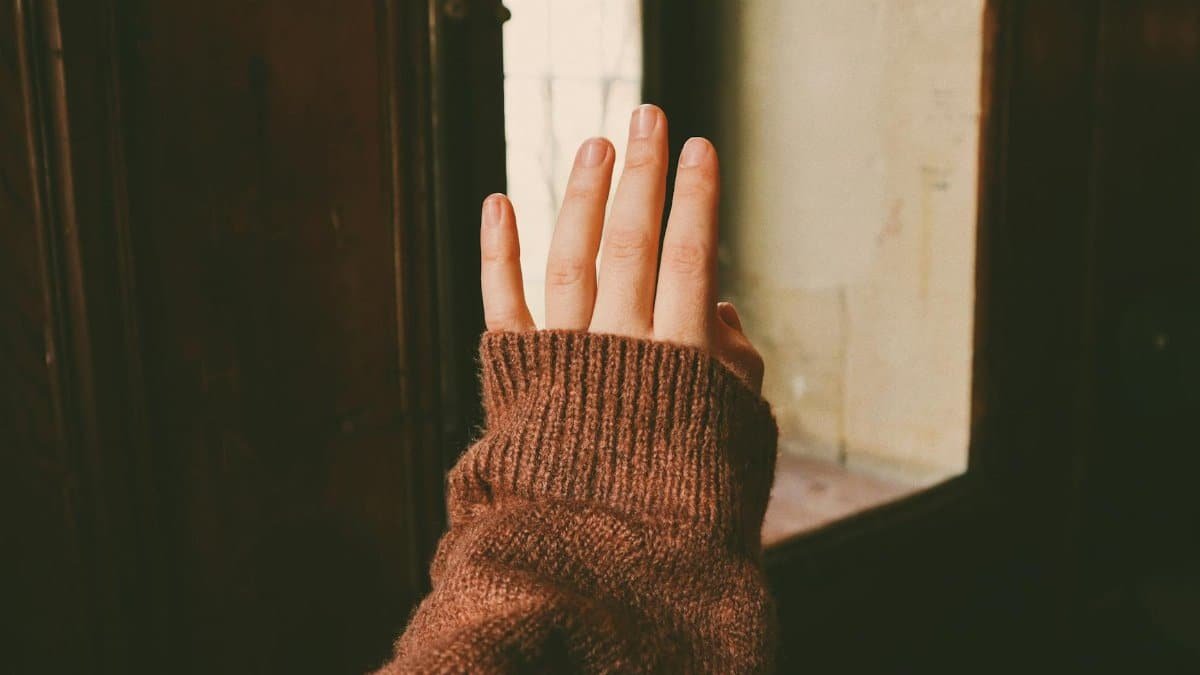
Start with simplicity. Sit upright in a firm chair, feet flat on the ground, hands resting on thighs. Inhale deeply, lifting both arms slowly overhead as if reaching for the sky. Exhale, lowering them back down. Repeat this for five breaths. A physical therapist from a leading rehabilitation center notes that this motion primes the upper body for movement while engaging core muscles critical for hip stability. It’s less about intensity and more about awareness—feeling the connection between breath and body. For seniors, this sequence gently awakens joints without strain. One recovering patient described the sensation as “a quiet opening,” a small but meaningful step after weeks of immobility. Add a slight shoulder roll at the end of each cycle if stiffness lingers, ensuring the neck and back stay relaxed.
2. Seated Hip Opener

Transition to a subtle stretch targeting the hip area. Place your right ankle over your left knee, keeping the right knee pointing outward. Sit tall, pressing gently down on the right knee with your hand for a mild stretch. Hold for three breaths, then switch sides. This mimics a classic yoga pigeon pose but with the safety of a chair. Studies from the National Institute of Arthritis and Musculoskeletal and Skin Diseases emphasize the importance of controlled hip opening post-surgery to prevent stiffness. Be mindful not to push too hard—discomfort should never cross into pain. This sequence rebuilds range of motion, a cornerstone of chair flow hip practice for recovery.
3. Core Anchor Twist
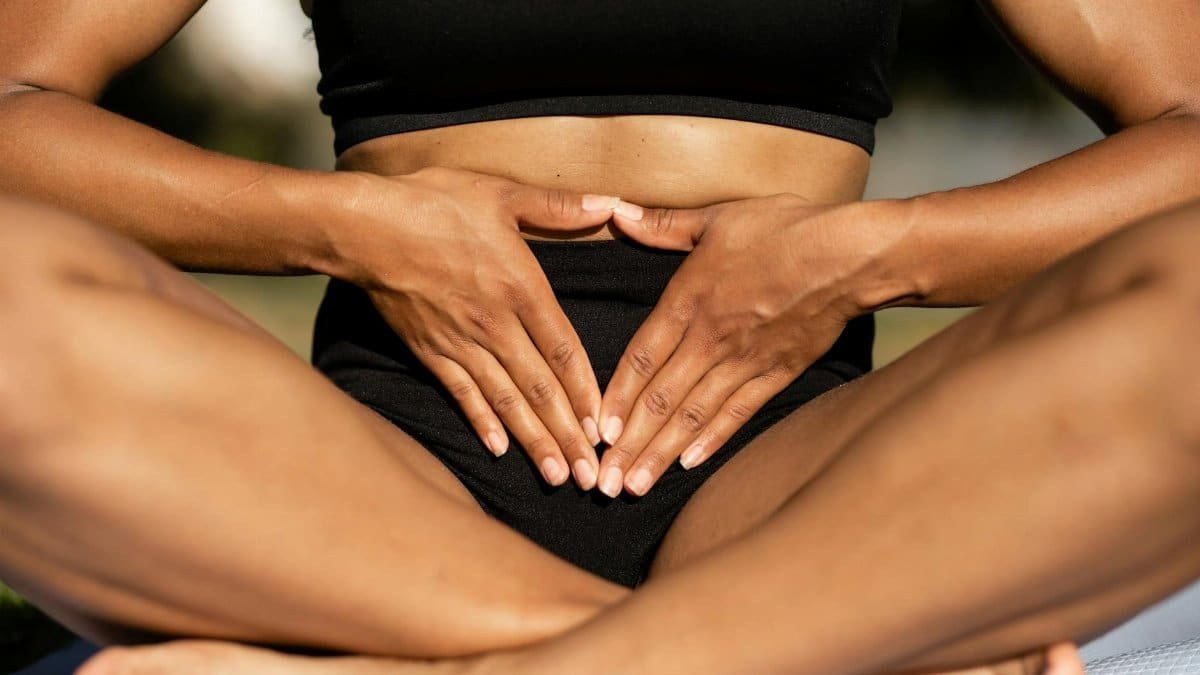
Why focus on the core after hip surgery? Stability starts there. Sit with feet grounded, hands on the chair’s armrests or thighs. Inhale, then exhale as you twist gently to the right, looking over your shoulder. Hold for two breaths, return to center, and repeat on the left. This seated twist supports spinal mobility while protecting the healing hip joint. Research from Johns Hopkins Medicine highlights how core engagement aids overall balance, reducing fall risks for seniors. Keep movements slow; the goal is subtle activation, not dramatic rotation. Imagine turning to greet a friend—natural, unforced.
4. Leg Extension Pulse
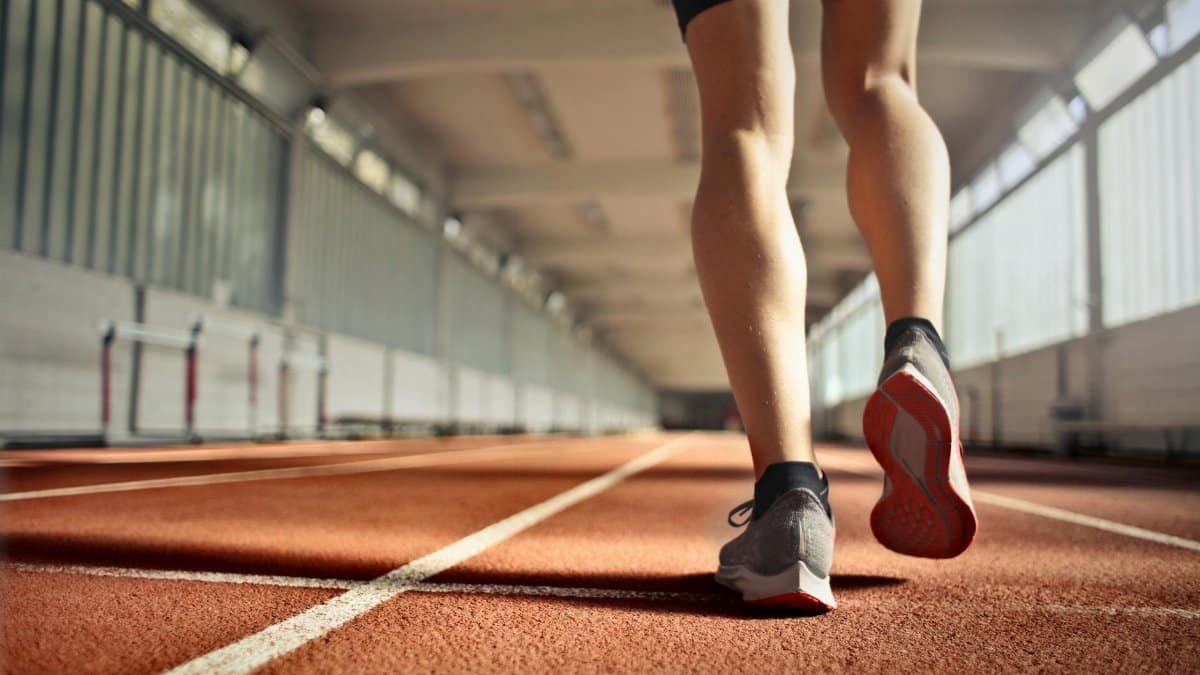
Now, shift focus to the legs. Sitting tall, extend your right leg forward, heel touching the floor, toes pointing up. Hold for a moment, then draw it back. Alternate legs for six rounds. This sequence strengthens the quadriceps, vital for standing and walking post-surgery. A report by the Centers for Disease Control and Prevention underscores how leg strength correlates with faster recovery in older adults. For added support, keep hands on the chair. Picture a gentle march in place—rhythmic, steady, safe. If fatigue sets in, pause. Recovery isn’t a race.
5. Side Lean Stretch
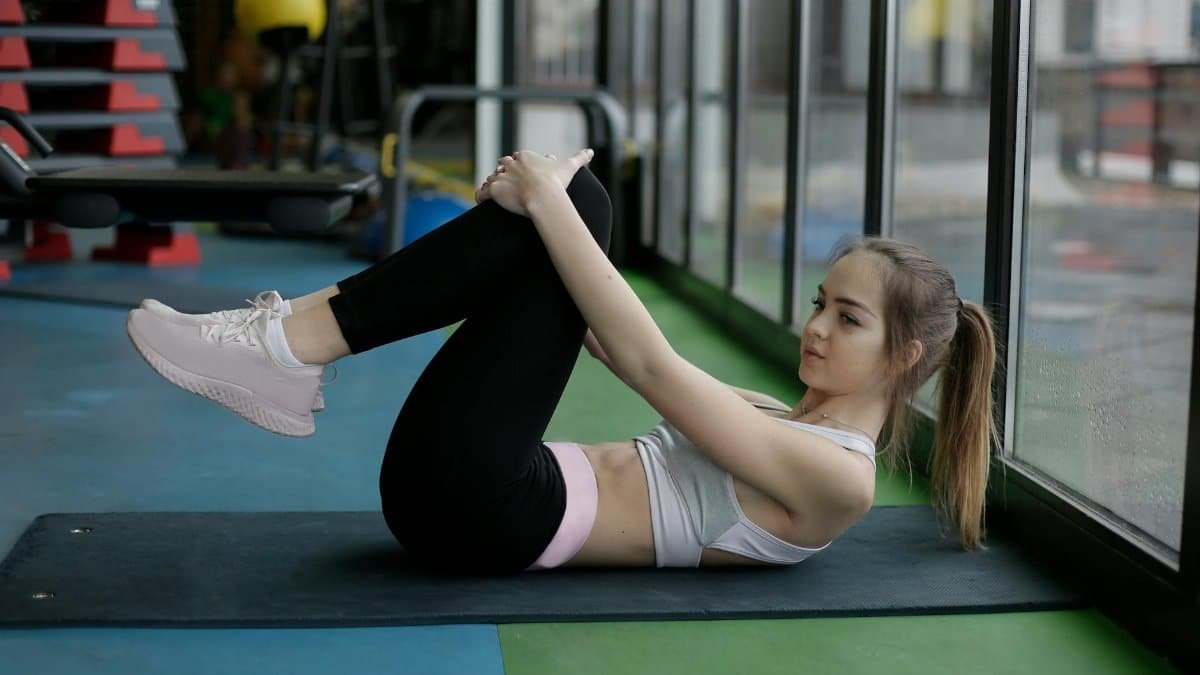
Side stretches can feel like a release after hours of sitting. From a seated position, raise your right arm overhead and lean gently to the left, feeling a stretch along your side. Hold for three breaths, then switch. This movement eases tension in the torso, often tight from compensatory postures during recovery. It’s not about bending far but finding space. Therapists often remind patients to breathe into the stretch, letting the ribcage expand. One senior shared how this small act felt like “reclaiming a piece of myself,” a reminder of pre-surgery flexibility. Keep the hips anchored to the chair to avoid strain.
6. Ankle Circle Flow

Don’t overlook the ankles. Lift one foot slightly off the ground and draw slow circles with your toes, five in each direction, then switch feet. This boosts circulation, crucial after surgery, as noted in guidelines from the Agency for Healthcare Research and Quality. Poor blood flow can delay healing, especially in the lower body. These tiny movements also maintain joint mobility below the hip, supporting overall leg health. Visualize stirring a small pot—deliberate, smooth. If dizziness occurs, rest both feet down. Small actions compound over time.
7. Seated Cat-Cow
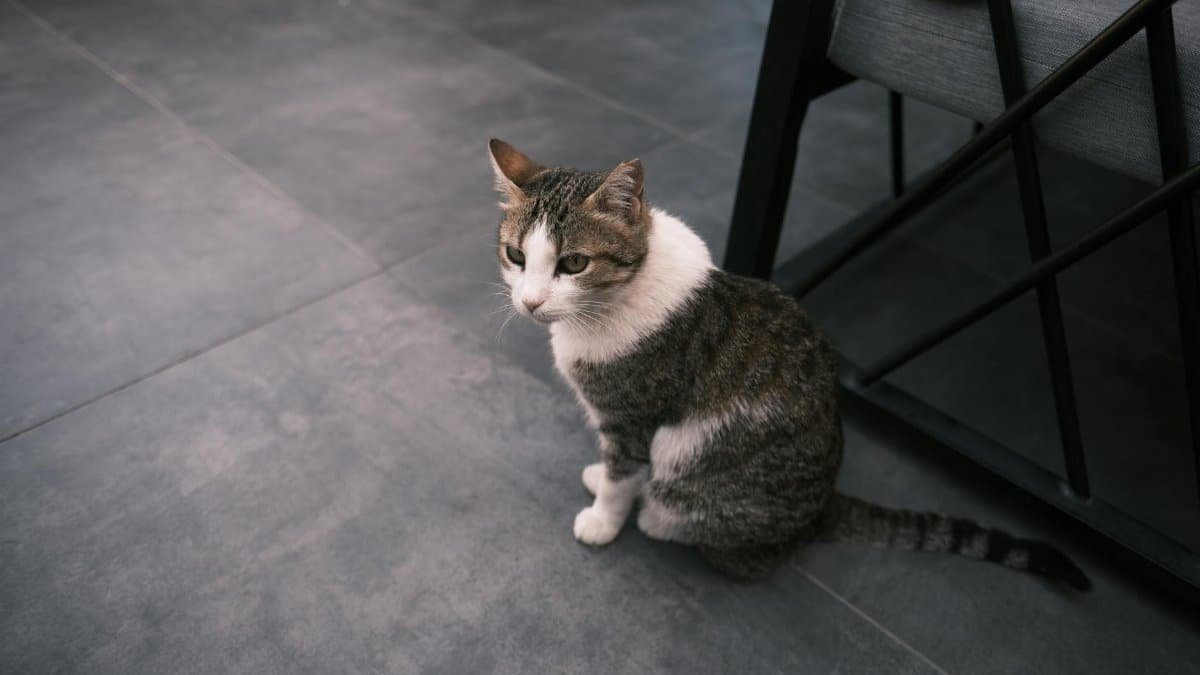
Borrowing from yoga, this sequence adapts the cat-cow stretch for a chair. Sit with hands on knees. Inhale, arching your back and lifting your chest. Exhale, rounding your spine and tucking your chin. Flow between these for five cycles. It’s a gentle spinal massage, easing back tension often felt after hip surgery. The motion also engages the pelvic area indirectly, aiding hip recovery. Keep it fluid, not jerky. Think of a wave rolling through your spine. This can be a morning ritual, setting a tone of mobility for the day.
8. Arm and Hip Sync
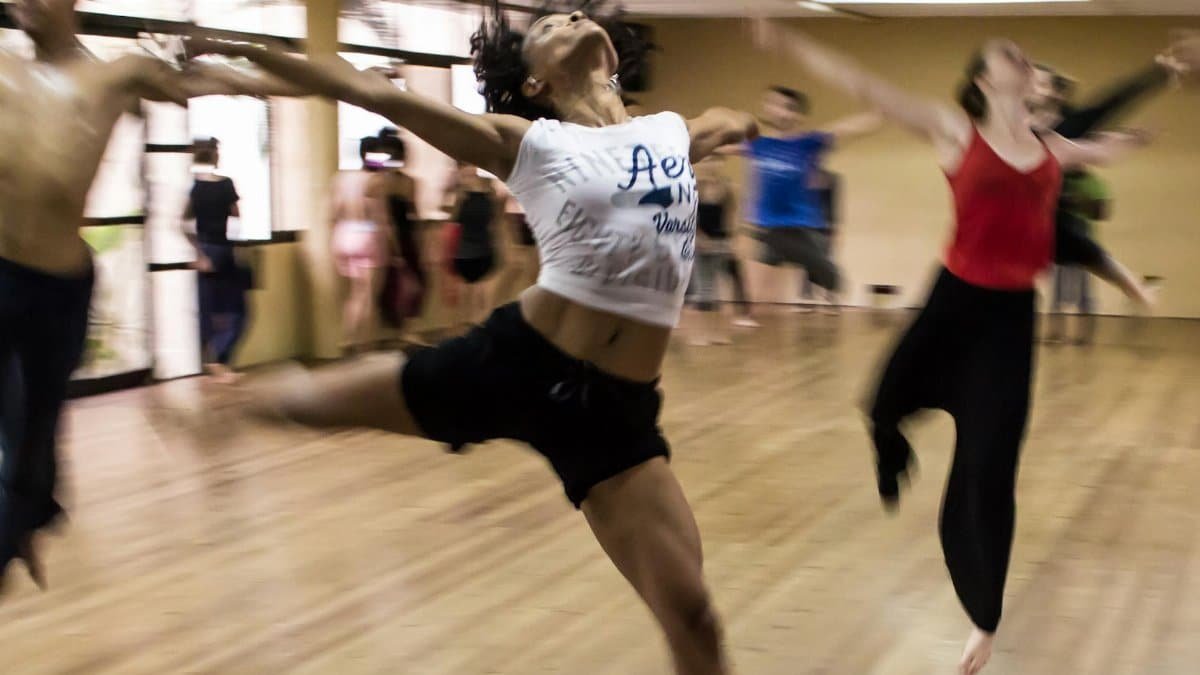
Combine upper and lower body awareness. Sit tall, extend your right leg forward while raising your left arm overhead. Hold for a breath, then switch sides. Alternate for six rounds. This cross-body movement builds coordination, often disrupted post-surgery. It’s less about strength and more about retraining the brain-body link. Picture a slow dance, each limb moving with purpose. If balance feels off, keep both feet down and focus on arms first. Patience is the key in chair flow hip practices like this.
9. Breath-Focused Hip Hold
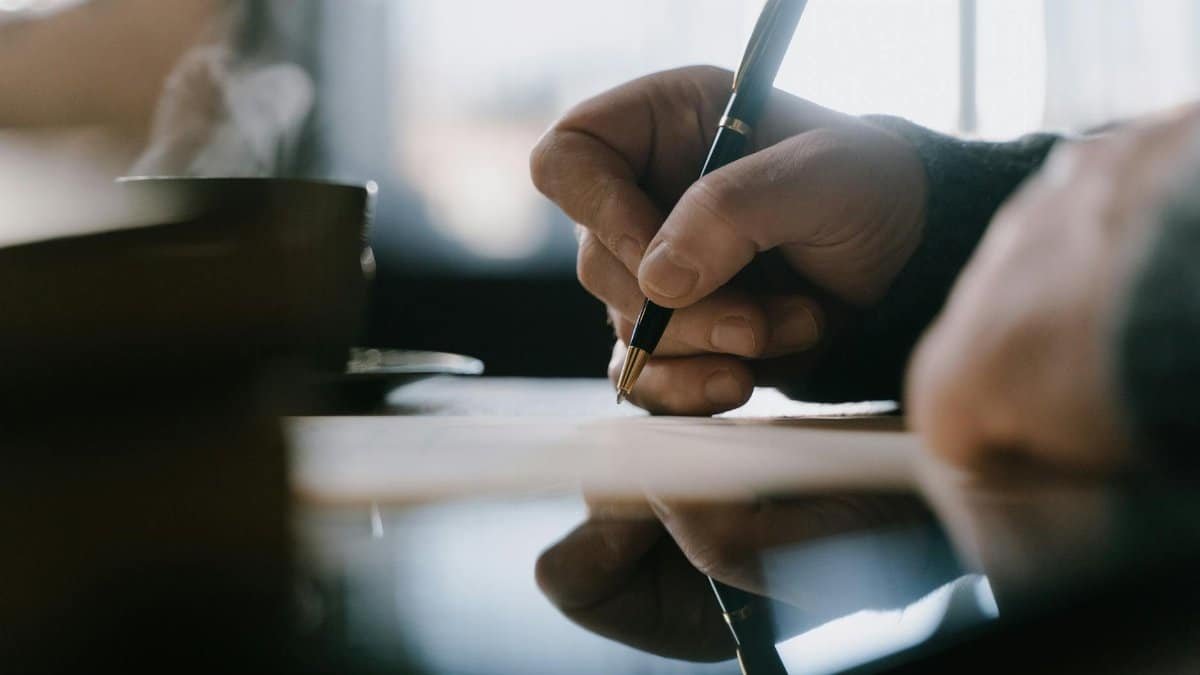
Sometimes, stillness is movement. Sit with feet flat, hands on thighs. Close your eyes if comfortable, and breathe deeply for ten counts, visualizing tension leaving the hip area. This isn’t just rest; it’s active recovery. Deep breathing lowers stress, which can tighten muscles around a healing joint. Studies show mindfulness aids physical healing, reducing perceived pain. Imagine each exhale softening the body. For seniors, this pause can reset a session, preventing overexertion.
10. Seated March Lift
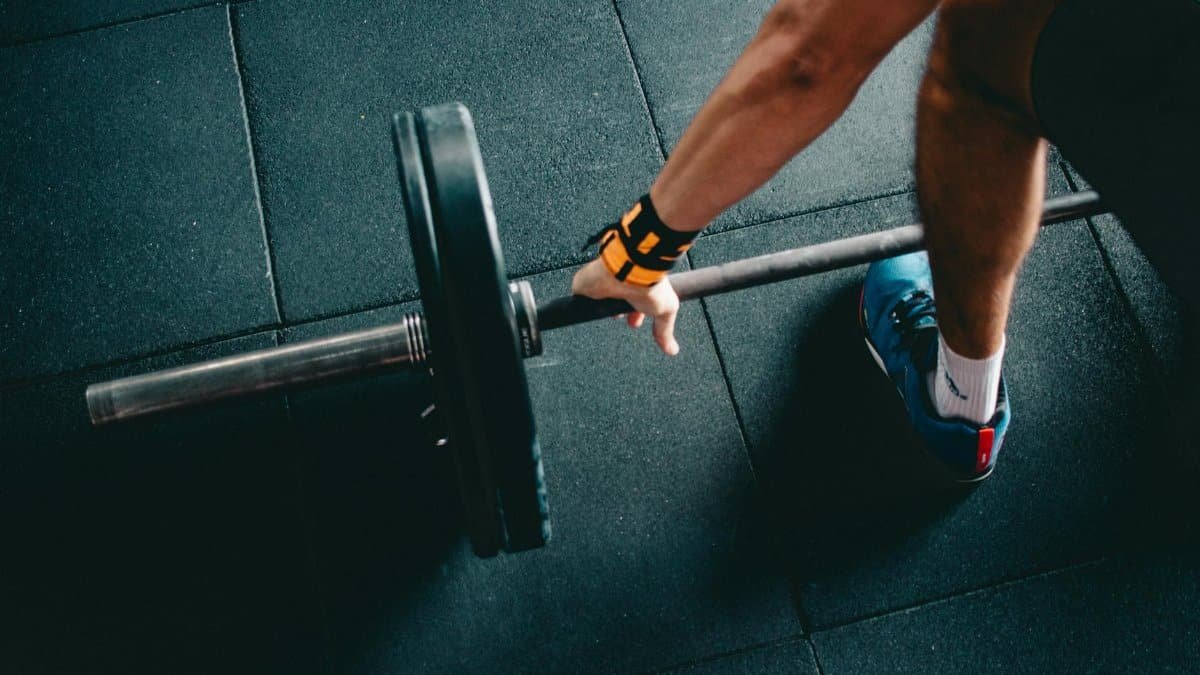
Build on the leg extension with a marching rhythm. Lift your right knee slightly, as if stepping up, then lower. Alternate legs for ten lifts total. Hands can rest on the chair for stability. This strengthens hip flexors, critical for daily tasks like getting out of bed. It’s a functional move, mimicking real-life actions. One online account from a recovering senior described this as “a tiny victory,” proof of progress. Keep the pace slow—control trumps speed. Stop if the hip protests.
11. Torso Side Shift
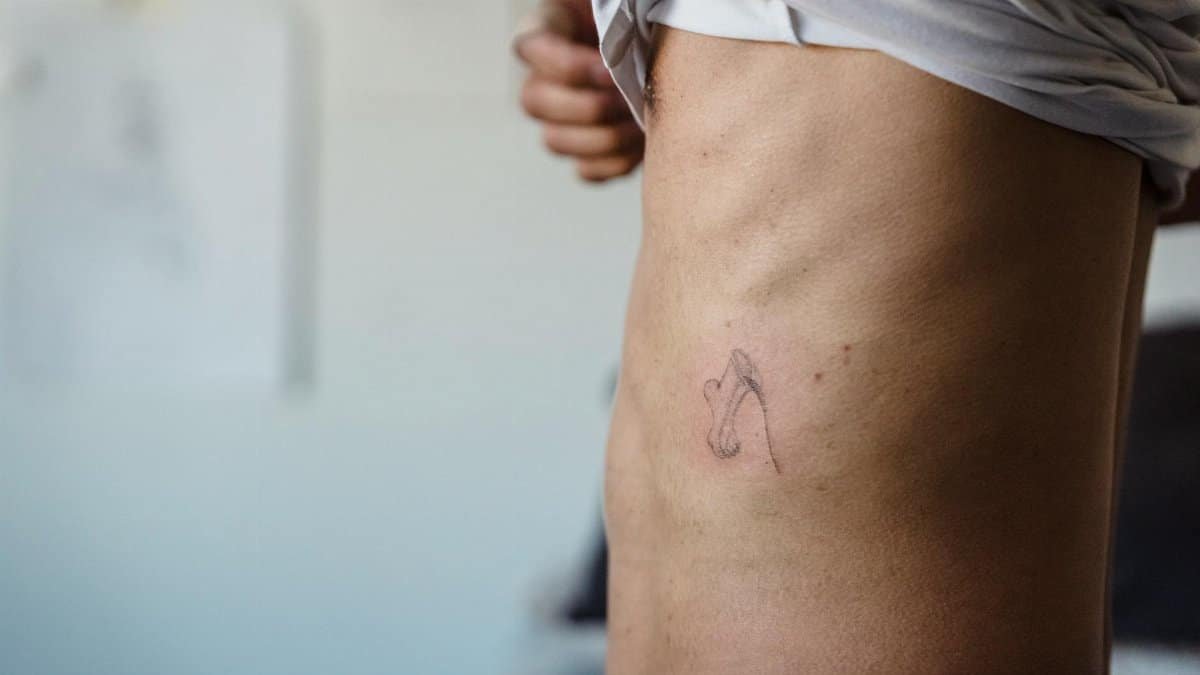
Focus on lateral movement now. Sit upright, feet grounded. Slide your torso slightly to the right, as if shifting weight, without leaning. Return to center, then shift left. Repeat for six cycles. This subtle action engages oblique muscles, supporting hip stability during turns or reaches. It’s discreet but effective, especially for those cautious of big movements. Visualize a pendulum, smooth and even. If discomfort arises, reduce the range. Recovery demands listening to the body’s cues.
12. Cool-Down Gratitude Stretch
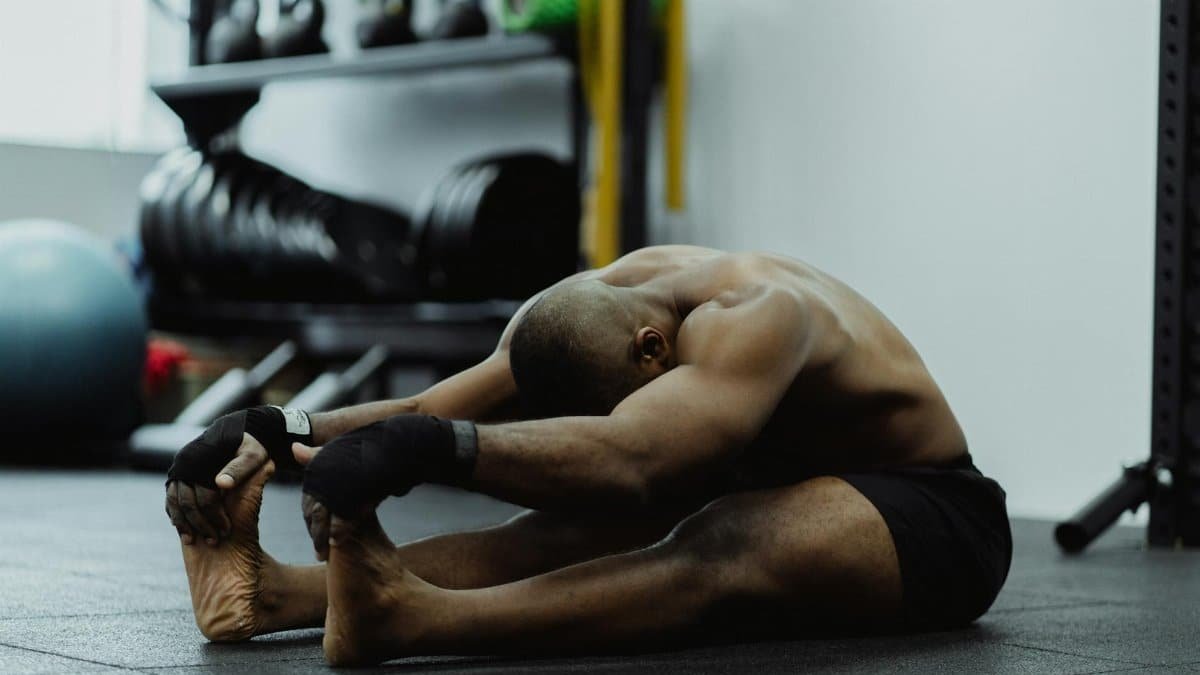
End with intention. Sit tall, hands over heart. Inhale, reaching arms out to the sides, palms up. Exhale, bringing them back. Repeat for five breaths. This closes the chair flow hip session with a nod to gratitude—for the body’s effort, for small gains. It stretches the chest, countering hunched postures common in recovery. Think of opening to the day, even if it’s just from a chair. One therapist suggests whispering a quiet “thank you” to oneself. It’s a gentle farewell to the practice, grounding the mind and body together.
These twelve sequences, rooted in the principles of chair flow hip, offer seniors a structured yet adaptable way to rebuild strength and mobility after hip surgery. They’re not a cure-all, but a bridge—between immobility and independence, between pain and possibility. For many in 2025, recovery isn’t just physical; it’s a reclaiming of routine, of self. Therapists urge consistency over intensity, suggesting a few sequences daily rather than all at once. Listen to the body, consult with healthcare providers, and remember: each small movement is a step forward. The chair, often seen as a limitation, becomes a tool for transformation.
